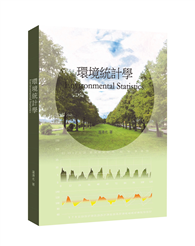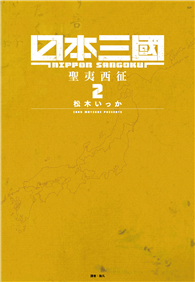By imitating certain characteristics of creatures in nature, such as grasp, twist, locomotion, or flying, etc., bio-inspired smart machines can engage in certain difficult tasks instead of human beings, such as medical surgery, rapid manufacture and assembly, disaster search and rescue, and scientific investigation, and this has become one of the most interesting areas in the robotics community. This reprint focuses on the latest theoretical and technological advances in bio-inspired smart machines and their structure, mechanisms, and applications. Generally, bio-inspired smart machines can be divided into two categories: rigid machines and soft machines. Rigid machines are composed of different rigid components assembled together, and the joints are mainly driven by electric motors or hydraulic means. In soft machines, the rigid hinges and bolts together with the body structure are replaced by soft components usually made from stimulus-responsive materials that change shape in response to stimuli. The whole reprint consists of eighteen research articles, which include state-of-the-art research on bio-inspired smart machines and their subsystems and components, such as bio-inspired rigid machines, soft machines and robotics, active materials, controls, sensors and actuators, structure and modeling, etc., and can provide a reference for researchers in related fields, including but not limited to robotics, soft robotics, intelligent control, intelligent sensing, etc.
| FindBook |
有 1 項符合
Bio-Inspired Smart Machines: Structure, Mechanisms and Applications的圖書 |
 |
Bio-Inspired Smart Machines: Structure, Mechanisms and Applications 出版社:Mdpi AG 出版日期:2024-02-26 語言:英文 規格:精裝 / 336頁 / 24.41 x 16.99 x 2.69 cm / 普通級/ 初版 |
| 圖書館借閱 |
| 國家圖書館 | 全國圖書書目資訊網 | 國立公共資訊圖書館 | 電子書服務平台 | MetaCat 跨館整合查詢 |
| 臺北市立圖書館 | 新北市立圖書館 | 基隆市公共圖書館 | 桃園市立圖書館 | 新竹縣公共圖書館 |
| 苗栗縣立圖書館 | 臺中市立圖書館 | 彰化縣公共圖書館 | 南投縣文化局 | 雲林縣公共圖書館 |
| 嘉義縣圖書館 | 臺南市立圖書館 | 高雄市立圖書館 | 屏東縣公共圖書館 | 宜蘭縣公共圖書館 |
| 花蓮縣文化局 | 臺東縣文化處 |
|
|
圖書介紹 - 資料來源:博客來 評分:
圖書名稱:Bio-Inspired Smart Machines: Structure, Mechanisms and Applications
Minor Fruits: Nutritional Composition, Bioactive Potential, and Their Food Applications
Sustainable Technologies for Food Waste Management
Control Theory for Practical Applications: With MATLAB Demonstration Programs
Food Security, Nutrition and Sustainability Through Aquaculture Technologies
Novel Nanocarriers for Skin Diseases: Advances and Applications
Advances in Autonomous Navigation Through Intelligent Technologies
Nonthermal Light-Based Technologies in Food Processing
Advances in Computational Intelligence Systems: Contributions Presented at the 23rd UK Workshop on Computational Intelligence (Ukci 2024), September 2
The Amateur Plankton Researcher’s Practical Guide: How to Study Plankton at Home
The Challenges of Era 5.0 in Accounting and Finance Innovation
Sustainable Technologies for Food Waste Management
Control Theory for Practical Applications: With MATLAB Demonstration Programs
Food Security, Nutrition and Sustainability Through Aquaculture Technologies
Novel Nanocarriers for Skin Diseases: Advances and Applications
Advances in Autonomous Navigation Through Intelligent Technologies
Nonthermal Light-Based Technologies in Food Processing
Advances in Computational Intelligence Systems: Contributions Presented at the 23rd UK Workshop on Computational Intelligence (Ukci 2024), September 2
The Amateur Plankton Researcher’s Practical Guide: How to Study Plankton at Home
The Challenges of Era 5.0 in Accounting and Finance Innovation
|











